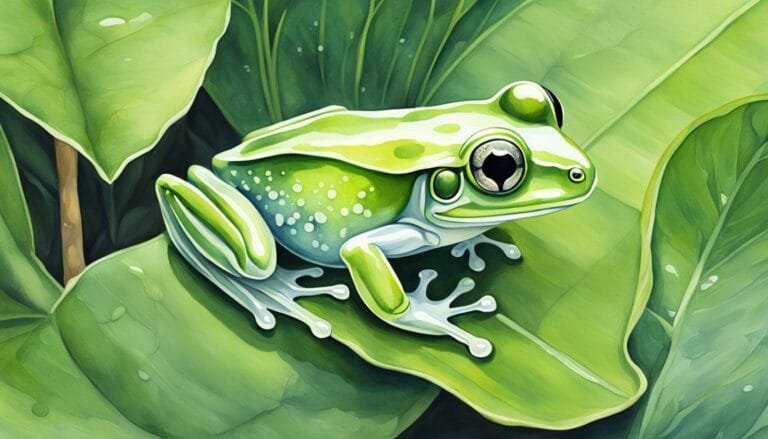One Meal a Day: Exploring the Health Benefits and Risks

OMAD is an eating pattern that involves consuming all daily calories in just one meal, following a 23-hour fasting period with a 1-hour eating window each day.

OMAD is an eating pattern that involves consuming all daily calories in just one meal, following a 23-hour fasting period with a 1-hour eating window each day.

The article explores the historical attempts and scientific advancements in measuring the speed of light, highlighting its critical role in modern physics theories like relativity and quantum mechanics.

Animal cells are complex structures that showcase the marvel of nature's design. Eukaryotic in nature, they consist of a plasma membrane encapsulating numerous vital components necessary for life's functions. Each part plays a specific role, allowing cells to maintain homeostasis, grow, and reproduce.

This section explores the historical evolution and current legal framework surrounding alcohol consumption in the United States. It pays particular attention to key legislative acts that shape how alcohol is regulated today.

Sinkholes form when water dissolves carbonate rocks, leading to ground depressions; types include dissolution, cover-subsidence, and cover-collapse.

Bee populations are facing a rapid decline, pushing some species towards extinction. This decline has significant consequences for ecosystems and agriculture, but efforts are underway to reverse this troubling trend.

Glass frogs are distinguished by their translucent skin for visibility of internal organs, offering exceptional camouflage in their habitat.

Carnivorous plants trap and digest prey to supplement nutrients in poor soil environments.

Transparent fish employ invisibility as a survival tactic, exhibit diverse reproductive behaviors, and significantly impact ecosystems and scientific research.

It's a complex form of canine communication involving body language, emotions, and a dog's cognitive processes.